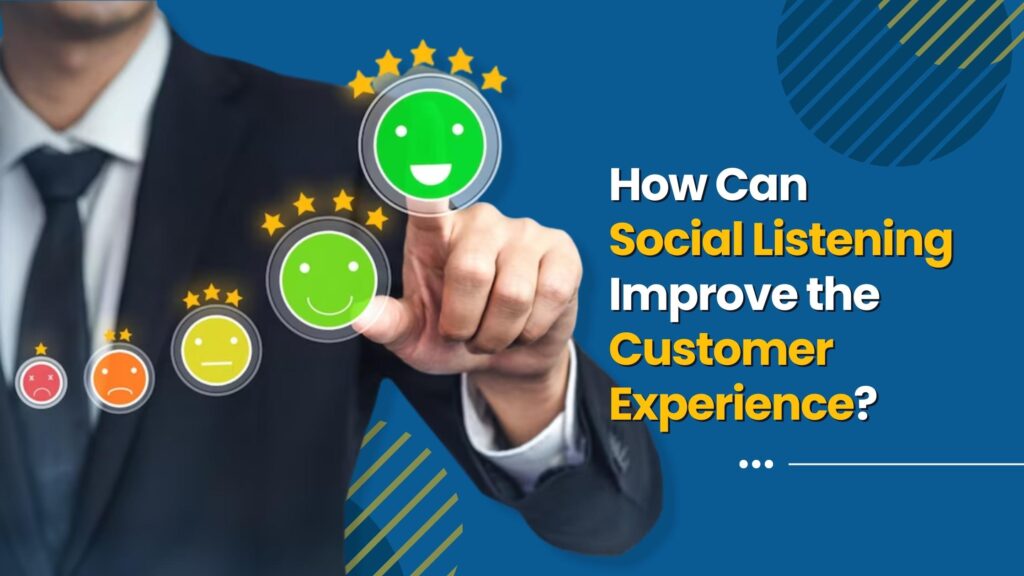As a brand, we love reading customer feedback and reviews. What helps make sense of customer feedback is using social listening tools to listen in on conversations about the brand.
In this post, we’ll go into detail about which social media platforms are best for brand listening to your customers, how social listening can improve marketing strategies, and customer experience and boost brand awareness, and the benefits of using this powerful tool.

